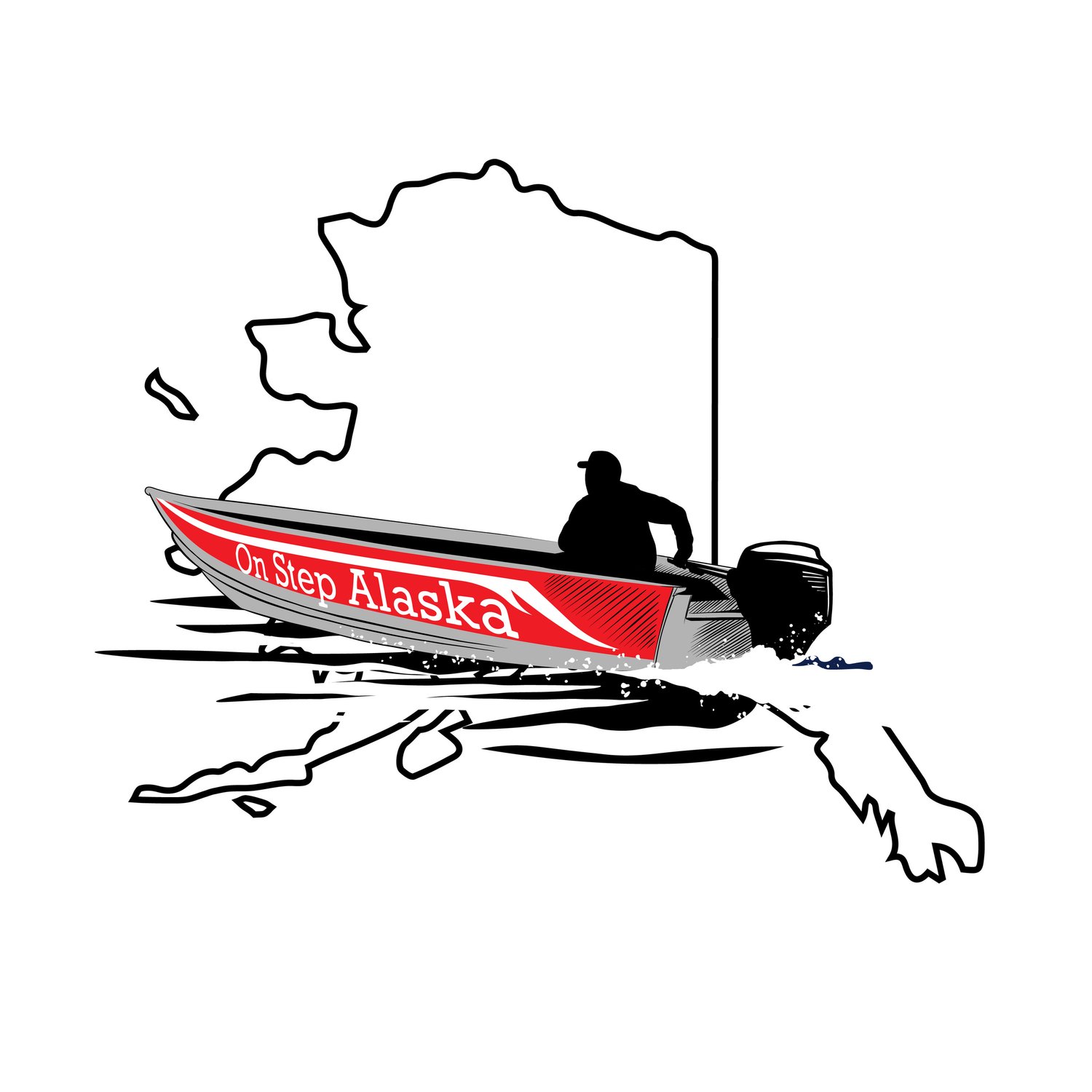You need more than one
I set the hook on the heavy brick, but after a turn down river, the rod went limp.I stripped the line in and roll casted in the same area. I didn’t see the nymph make any sort of plop, so I reeled in to find that my black bird’s nest was gone. I recalled the past two hours. There had been half a dozen trout and two snags. Somewhere in there the line frayed and a fly I had seriously considered retiring since it had already been retied, was lost forever.I had another black bird’s nest, but in my rush to tie it before leaving, I hadn’t colored the lemon wood duck black. I hoped it wouldn’t matter, but I didn’t get a strike. Everything was the same down to the tungsten bead head, but I couldn’t help but wonder if the dark dubbing and light legs and tail were putting the fish off.It shouldn’t matter, right? Everything else was the same. After half an hour of nothing, I took the clippers to the lemon duck and left only a little just behind the bead. The tail was already pretty thin, so I left it alone. The dark dubbing and gold ribbing were visible. Within 10 minutes I had on a lively, foot- long rainbow.I used this same pattern for the next four days and hooked a bunch more trout, each one adding to the overall dishevelment of what used to be a slickly- tied pattern. The gold wire had come undone at one end, and was barely still attached. The cut pieces of lemon duck were gone. The tungsten bead head was scratched, nicked and hardly resembled its bronze color and no longer reflected light. It was dull. It was used. It was awesome.Out of sheer loyalty, it still convinced fish to bite it.It may have been the yellow flanks of the lemon duck material that put the fish off, or it may have been the simple fact that anglers frequently fish better with what they know works. Either way, it again speaks to the importance of a well-stocked fly-box. That’s not to say one needs 15 different patterns in one or two sizes, half the patterns and twice the size variances has been overwhelmingly better in my experience.A buddy of mine swears by a No. 18 red Copper John, another by his own rendition of a prince nymph, all on the same Stanislaus River where I like my bird’s nest.It begs to question is it really the pattern or more the person?It has to be a bit of both. It’s a good idea to have a variety of attractors in assorted sizes along with a couple patterns you are excited about trying.I always have red and blue copper Johns, a couple black bird’s nests and plenty of prince nymphs on hand, whether I am fishing the Upper Sacramento, Middle Fork of the Stanislaus or the Thorne River in Alaska.Some might consider my fly-box a bit cliché, but if the point is catching fish, then who cares if my box looks like fly-fishing 101.If I am fishing new water, I always buy a few of what is recommended by the local shop because, well, they are recommended by the local shop. The local flavor purchase won’t guarantee fish, but when figuring out a river, it’s best to start with something suggested by someone who has figured something out.These qualify as the local insight. Midges such as RS2’s or the local zebra midge variety are good for above or below the attractors on the Stanislaus.As for that replacement bird’s nest, I lost it too. I guess that’s the way every good fly should go. I tied on a blue copper John and caught just as many fish. It just goes to show...something I guess.http://www.norcalfishingnews.com/stories/in_trout_fishing,_sometimes_you_just_have_to_believe?id=505
